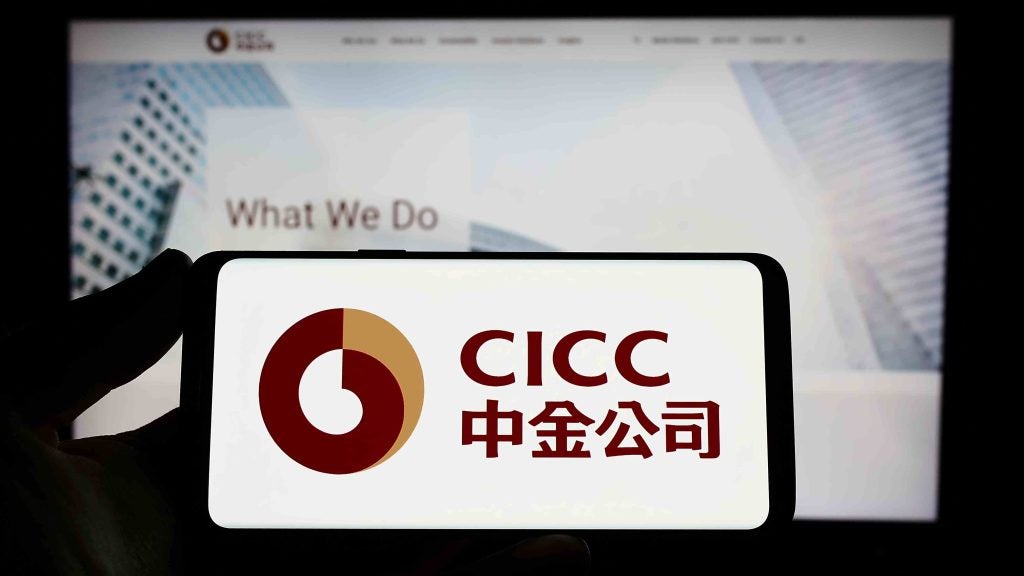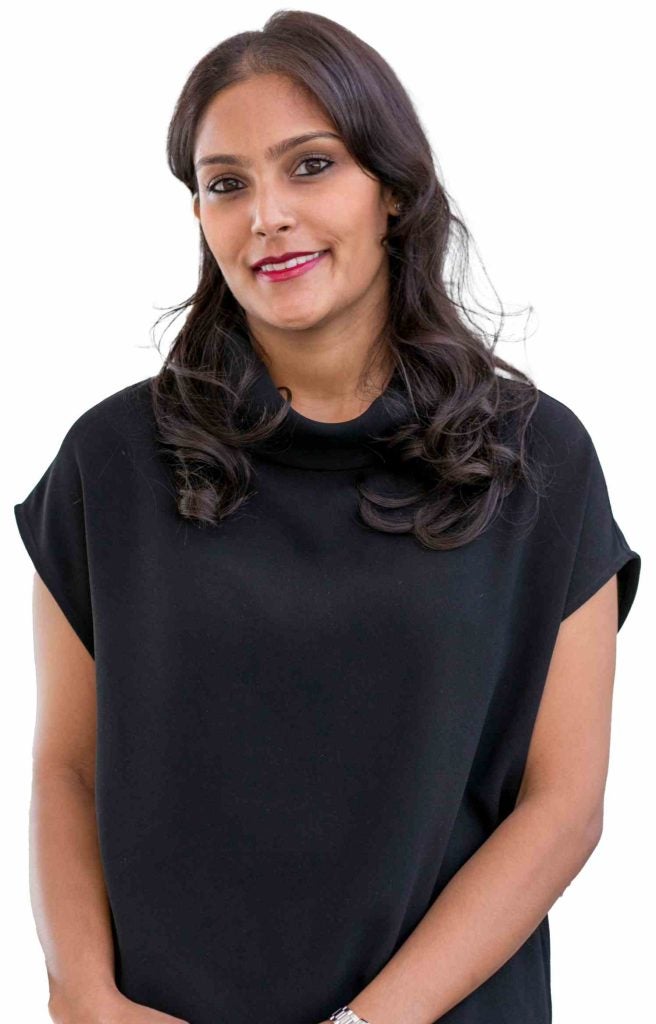With wine and wine growing estates being the best known and most renowned in the world, the rural land market in France continues to attract foreign investors. Audrey Letendart looks into new research from BNP Paribas about how the acquisition of French vineyards is on the rise among Asian clients.
French land and vineyards enjoy a worldwide reputation, positively contributing the country’s balance of trade, and drawing increasing interest from Asia.
Agrifrance, a BNP Paribas Wealth Management client offering which specialises in rural property including vineyards, country estates, farmland and forests, has published its 2012 report, giving an economic insight into the market for French rural land and vineyard market.
The renown of French wines on the international stage is nothing new and foreign investors have more of an interest in the French wine and vineyards sector given its exposure to foreign markets.
The global fine wine market has experienced tremendous growth since the recession, with the wine index rising by over 60% from 2008 to 2011, according to consultancy WealthInsight.
How well do you really know your competitors?
Access the most comprehensive Company Profiles on the market, powered by GlobalData. Save hours of research. Gain competitive edge.

Thank you!
Your download email will arrive shortly
Not ready to buy yet? Download a free sample
We are confident about the unique quality of our Company Profiles. However, we want you to make the most beneficial decision for your business, so we offer a free sample that you can download by submitting the below form
By GlobalDataAsia to the rescue?
Hong Kong has become the leading market for Bordeaux wines, ahead of China, the UK and the previous leader, the USA. On top of that, the Chinese region is among the top five markets for Burgundy wines in 2012, behind the USA, Japan and the UK.
In its report, HNWI Asset Allocation in China to 2015, WealthInsight says it anticipated further growth in fine wine prices and increasing interest in fine wine investment products from mainland Chinese HNWIs.
Angela Zeng, manager at BNP Paribas Wealth Management in Hong Kong, says: "French wines are often seen as more sophisticated and more expensive products than wines from elsewhere, such as Australia. Bordeaux wines are the most popular. Burgundy is slowly beginning to grow in popularity, whilst Champagne and Provence are much less visible, particularly in the media."
In 2011, out of 323m bottles of champagne produced, 141 million were exported. Champagne sales remain mostly intended to the UK and the USA, forming the two largest markets.
Bordeaux is the largest wine-growing market in the world and it is, arguably, the flagship of French wines. In the last 10 years, an Asian clientele has moved into the Bordeaux vineyards, following in British and American footsteps.
A fairly new trend
"Wine consumption has increased significantly over the last 10 years as purchasing power has increased and China is set to become a major wine-producing and wine-consuming country," explains Zeng.
The foreign acquisitions of French vineyards began in 1997, but it is only in the last 10 years that Asians have started to buy.
The wine market in Beijing can be highly profitable. A bottle of generic Bordeaux can sell between 15 and 40, despite being priced around 3 when it leaves France.
By the end of 2012, Asian investors had acquired around 35 vineyards and 750ha of vines in production. This represents less than 1% of the total 137,000ha of vineyards located in the Aquitaine region.
Two-thirds of the land purchased by foreign investors relate to vineyards of Bordeaux or entre deux-mers AOC (Appellation d’origine contrôlée). These entry-level and mid-range AOCs have suffered a sharp downturn since the early 2000s. They are still difficult to sell in traditional European markets but are finding new outlets in Asia.
Still Zeng underlines that this is still an emerging trend: "The number of clients in my portfolio who really want to invest is actually quite small. It means having a real understanding of the asset management approach that investing in a vineyard represents," she says.
Prices on the decline
France has a huge advantage when it comes to foreign investments. Unlike some Eastern European countries, French regulations do not prohibit foreign investments.
Apart from their international renown and ease regulations, French wines are benefiting from the rising prices of Spanish and Italian wines.
In the context of the European policy, the amount of land under cultivation in France, Spain and Italy has been decreasing over the past 10 years and so have the prices.
The average price for Bordeaux is 27,400 per hectare, half the figure of 10 years ago.
A hectare of Médoc stands at 82,960 while the same surface for a prestigious St Emilion can cost between 300,000 and 1.16m. Margaux Pomerol remains the most expensive at 2.5m.
Champagne still leads the market with an average price per hectare of more than 1 m (+3.5%) in 2012.
Out of the competition is Burgundy, where the price per hectare of a grand Cru in Côtes de Beaune or Côtes de Nuits can be over 10m. In 2012, the average price for AOC vineyards was 40,000 per hectare.
The demand in Val de Loire is still local as foreign investors are showing little interest in the region.
Second homes losing their attractiveness
Turning to property, foreign buyers are mainly interested in developed properties such as second homes. The most valued areas are Brittany, Normandy, the Dordogne, the Massif Central and the Morvan.
But since 2004, foreign investors have deserted the market.
In total, their purchases represented around 1,600 out of 218,000 transactions in 2012, accounting for 0.7%, six times less than the 3.9% recorded in 2004.
In 2012, foreign investors bought around 1.1% of the total surface area sold in France.
The financial crisis has certainly played a part in the decline. The British now represent just 50% of buyers while they were 70% in 2004. Next come buyers from the Benelux countries (32%) and 28% of buyers come from elsewhere, namely Northern Europe, North and South America, Russia and Asia.
After several years of crisis, the market for Chablis wines is starting to look healthier. Land prices are decreasing slightly and have reached an average of 390,000 per hectare, excluding Petit Chablis.
Overall, French agricultural land retains a very good quality:price ratio compared with its European neighbours, according to Agrifrance.







